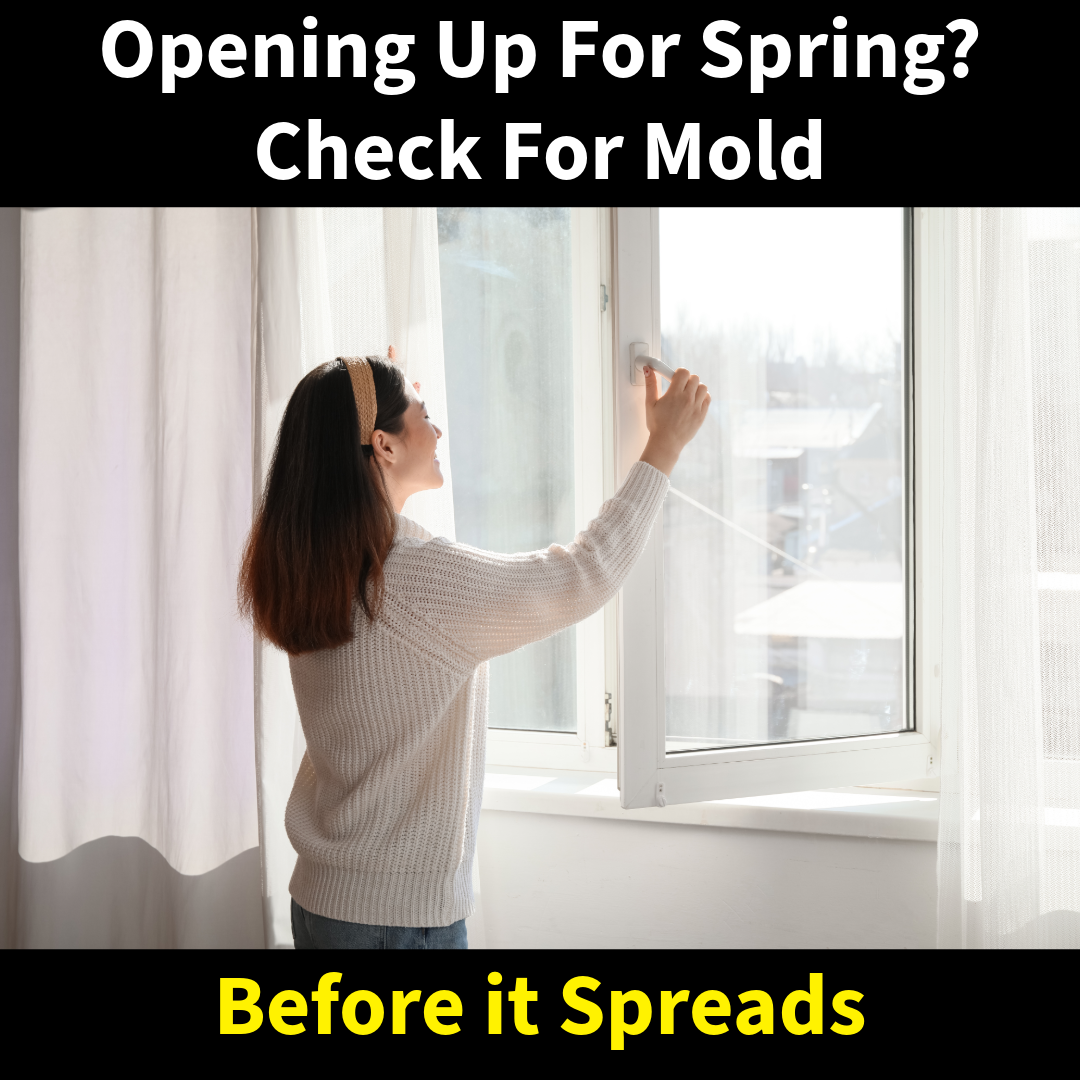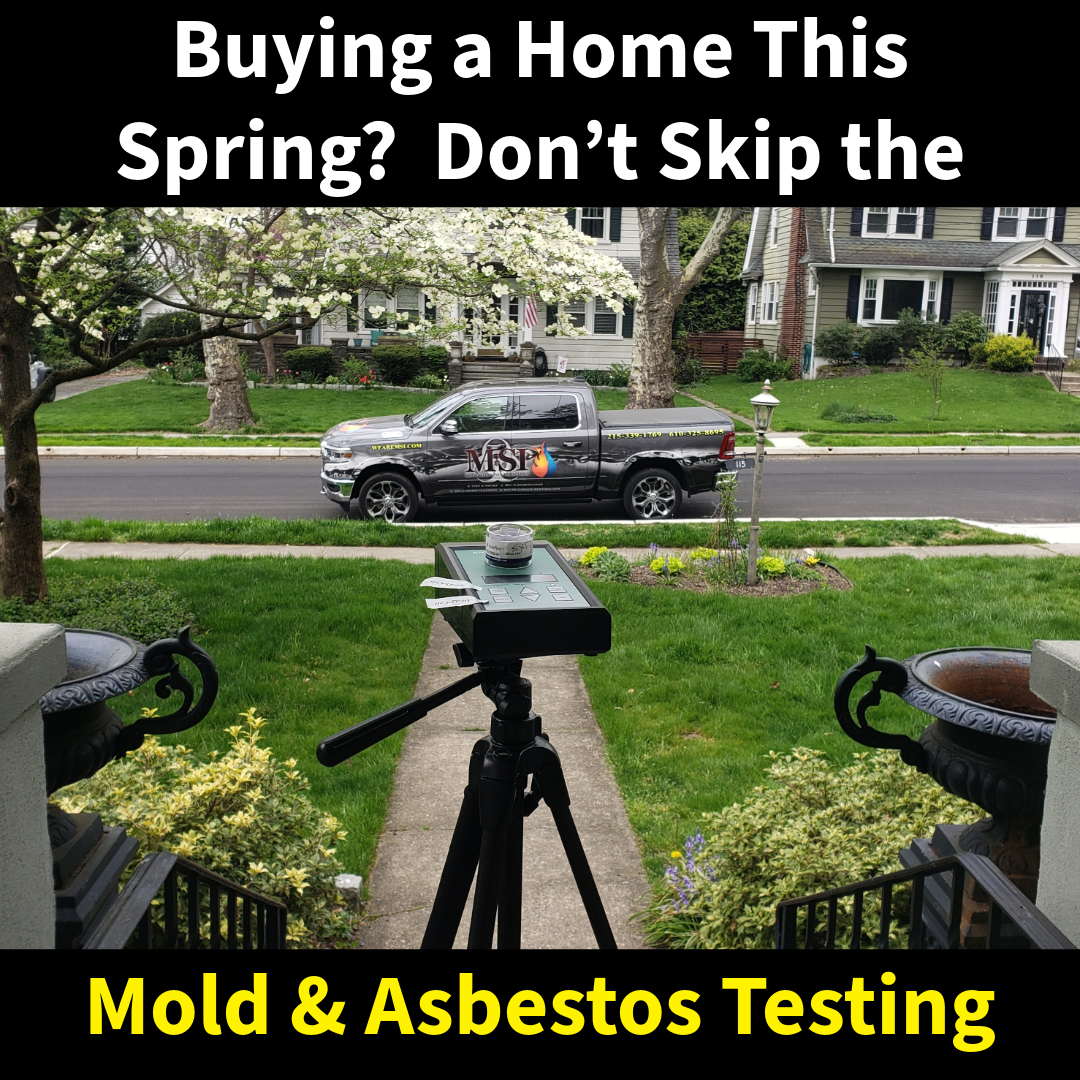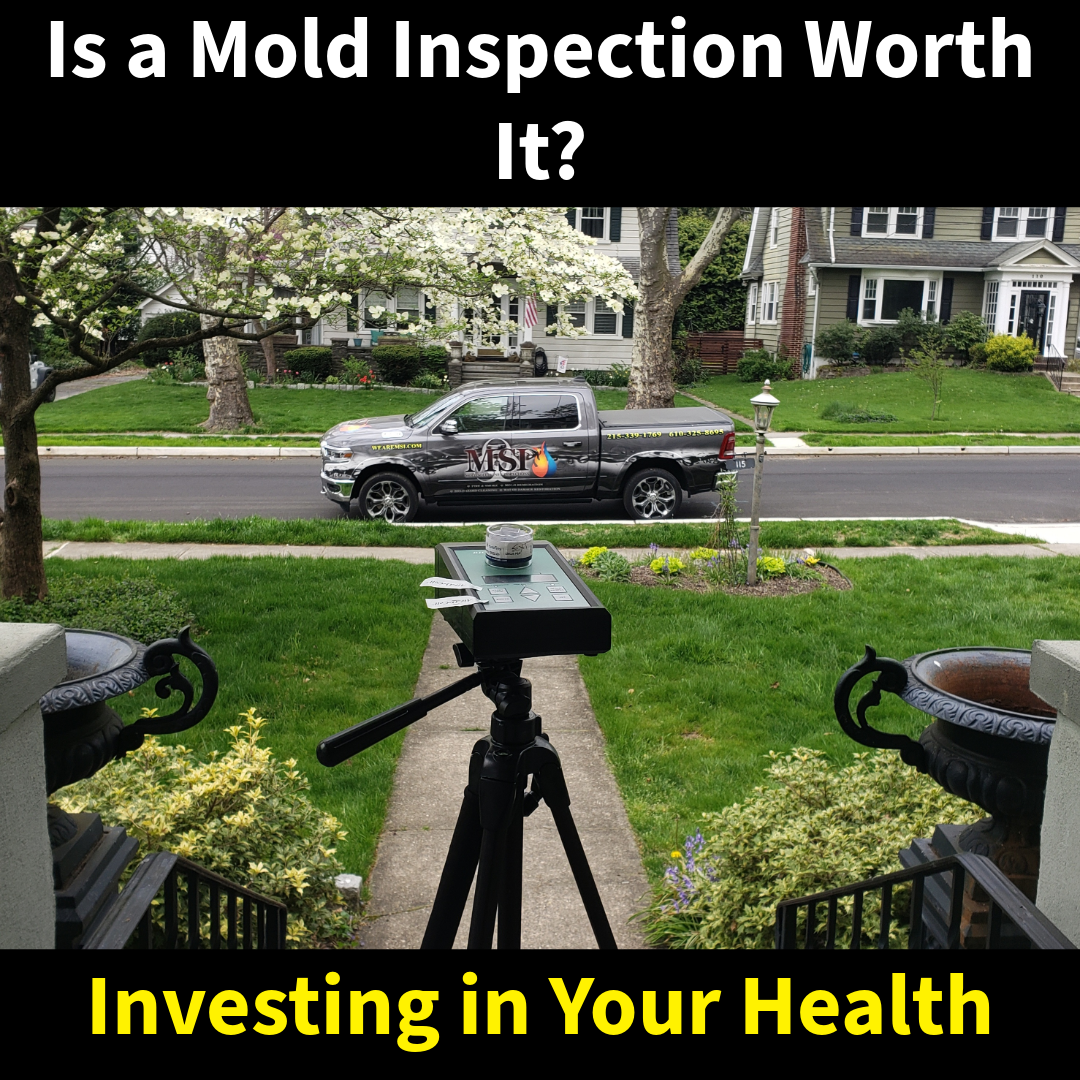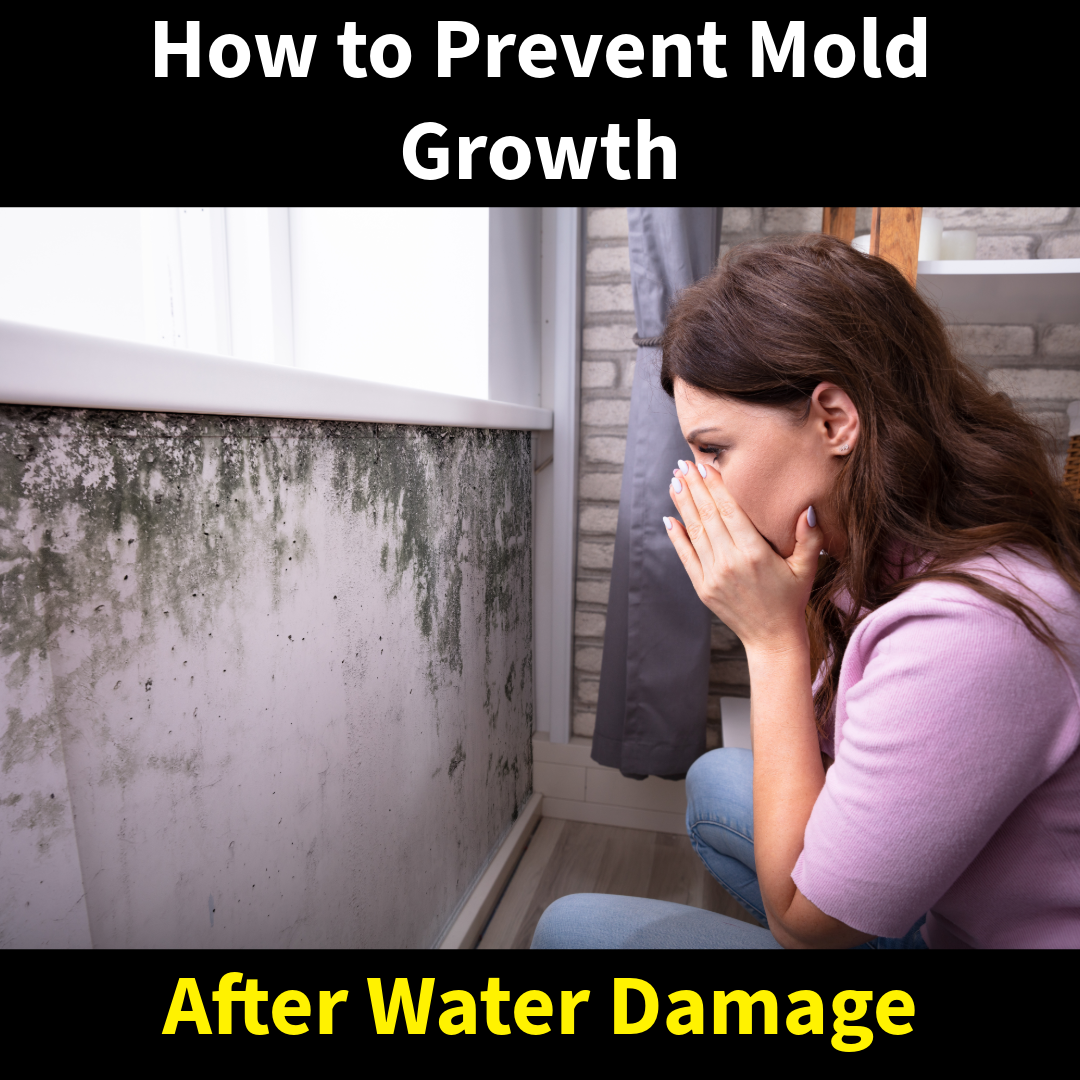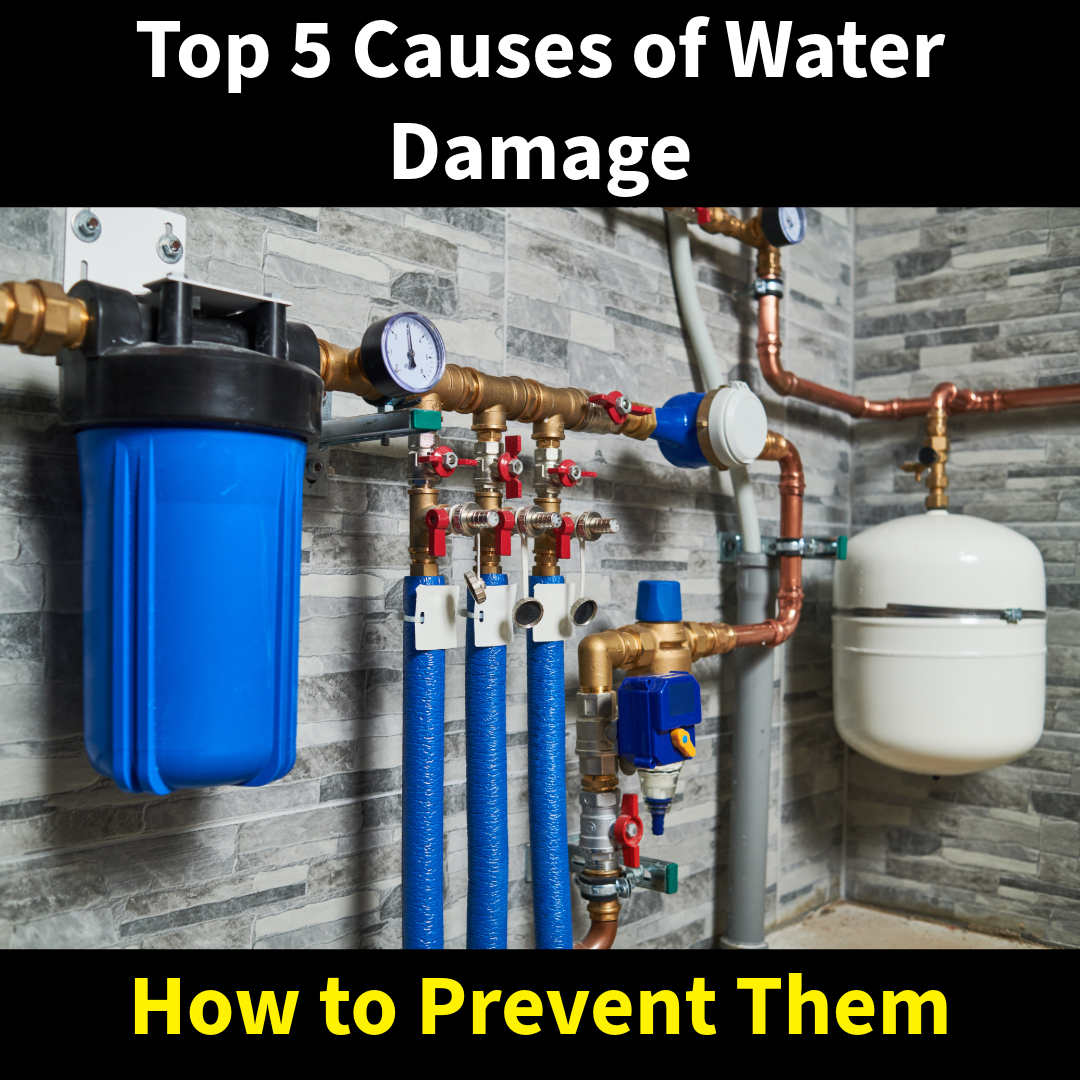Not all restoration work is created equal. Unfortunately, MSI is often called in after the fact—when a previous company failed to fully remediate the damage. What should’ve been a one-time fix becomes a recurring nightmare for homeowners.
We’ve seen it all:
- Mold returning just weeks after a water damage “cleanup”
- Smoke odors lingering because soot wasn’t properly removed
- Warped floors and rotting trim due to hidden moisture left behind
Poor restoration doesn’t just waste your money—it puts your home and health at risk.
They Didn’t Know the Process—You Pay the Price
Another common issue we see is restoration companies that don’t understand how to properly handle insurance claims. Filing a claim isn’t just about taking photos and submitting a bill—it requires knowing how to document damage, communicate with adjusters, and use industry-standard pricing tools like Xactimate.
If the company you hired doesn’t know how to navigate that process, you could end up:
- Paying out of pocket for repairs that should’ve been covered
- Fighting delays because the estimate wasn’t written in the right format
- Getting denied entirely due to poor documentation
MSI has decades of experience working directly with insurance companies—and we use the same approved pricing software that adjusters rely on. That means fewer surprises and a smoother path to getting your home restored properly.
Don’t Settle for a Quick Fix
At MSI, we’re often brought in as second-opinion experts to evaluate what went wrong. Our inspections regularly uncover:
- Undried structural materials hidden behind walls
- Missed biohazard contamination
- Subpar materials used to “patch” rather than restore
When disaster strikes, the right response matters. Restoration isn’t about appearances—it’s about doing the job thoroughly, safely, and correctly the first time.
If you’re questioning whether your home was properly restored, or still dealing with odors or recurring issues, MSI is here to help. Since 1998, we’ve handled thousands of projects across Pennsylvania, New Jersey, and Delaware—and we get it done right.

